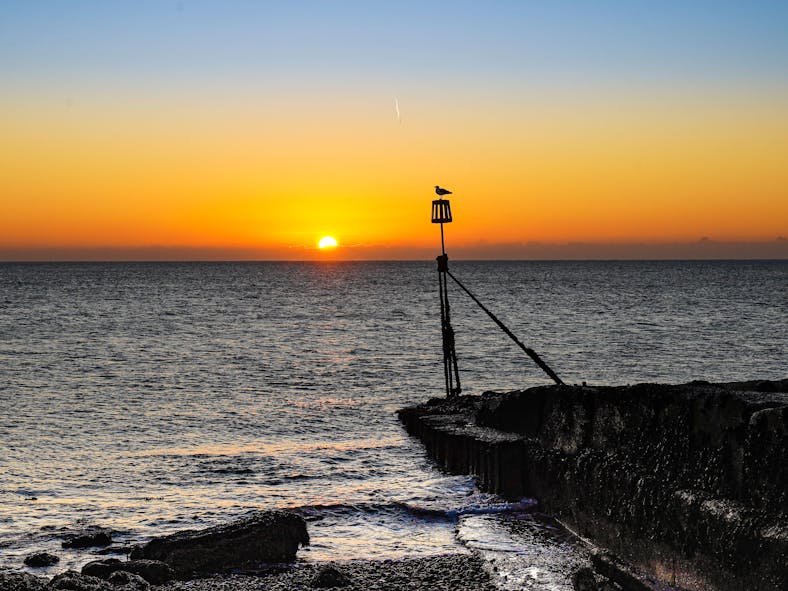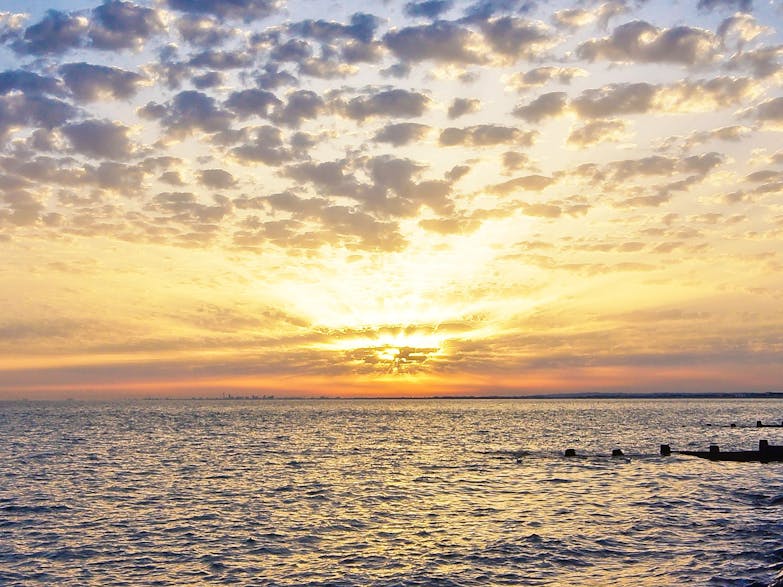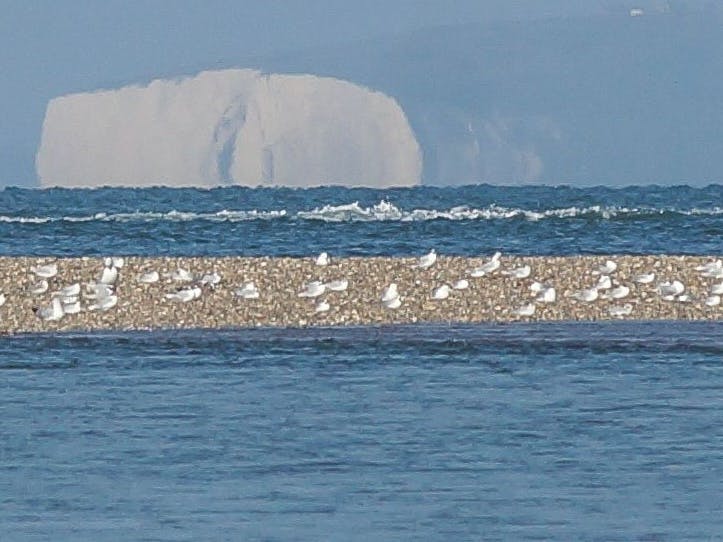Marine Conservation Zone

Selsey Bill and the Hounds Marine Conservation Zone
This site became a Marine Conservation Zone (MCZ) in May 2019. It means that specific features within this area are protected and where necessary, regulators will manage marine activities.
Where is the site?
Selsey Bill and the Hounds MCZ is an inshore site which covers an area of approximately 16 km2 and is located by the town of Selsey in West Sussex on the south coast of England. The landward boundary is at Mean Low Water and the site adjoins the Bracklesham Bay Site of Special Scientific Interest. The site lies within the Eastern Channel region of the English Waters.
Why is the Selsey Bill and the Hounds so important?
Selsey Bill and the Hounds is well known for its high biodiversity and species richness, supported by a variety of different habitats ranging from rocky habitats to soft sandy sediments.

The Hounds
The site provides additional protection for a series of geological interst features that are exposed on, and underlie, the foreshore within Brackesham Bay. These rock features, known locally as 'The Hounds', consist of outcrops of limestone and clay exposures and are representative of a coherent rock system stretching across the MCZ from the northwest corner to the southeast.
These rock features provide a range of habitats that support a wide variety of species, with deeper vertical rock faces dominated by sealife including fish, hydroids & anemones, barnicales, crabs & lobsters, sponges, molluscs, horseshoe worms, sea mats and sea mosses and seaweed.


Mixon Hole
This site also protects one of the best examples of peat and clay exposures on the southeast coast. Within the southeast of site is the Mixon Hole, a dramatic 20m drop in the seafloor exposing clay cliffs capped with limestone. This feature supports a rich diversity of habitats and species and has been classed as a marine Site of Nature Conservation Importance by West Sussex County Council. Species include fish, hydroids & anemones, worms, barnacles, crabs and lobsters, sponges, molluscs, sea mats and sea mosses, sea squirts and seaweeds.